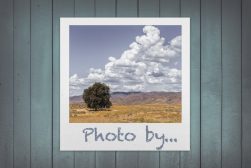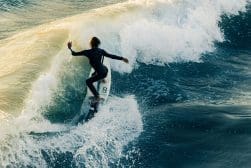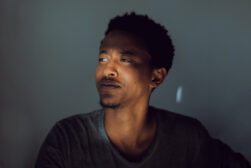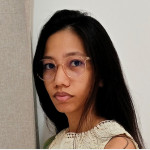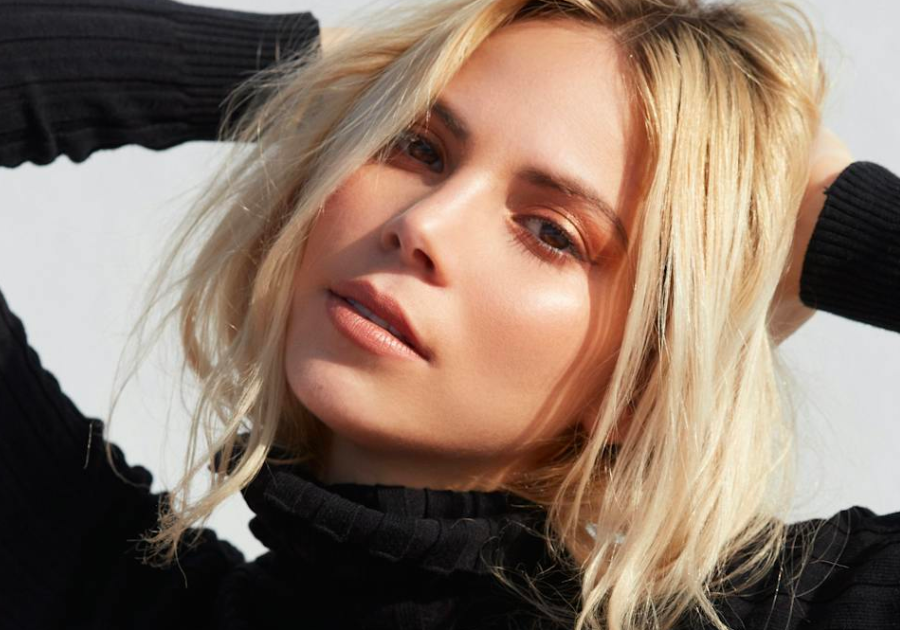
Understanding Flattering Face Angles in Photography
Gain insights into head and face angles in photography to capture the most flattering and expressive portraits with skill and ease.
Learn | Photography Guides | By Tammy Danan
Understanding face angles in photography involves several things.
First, it’s about identifying the objective behind each photograph. Then, knowing how to get to the angles that meet your goals.
What camera angle is the best? Which camera angles convey specific stories?
Do you want to convey mystery? Display the model’s whimsical humor in their portrait angles and facial expressions?
Having photographed weddings for years, I’ve concluded that knowing how to get the best face angles is crucial to image compositions.
In this piece, I’ll discuss the different tricks to getting the best camera angles to help you capture fantastic images.
What Are Face Angles and Why Are They Important?
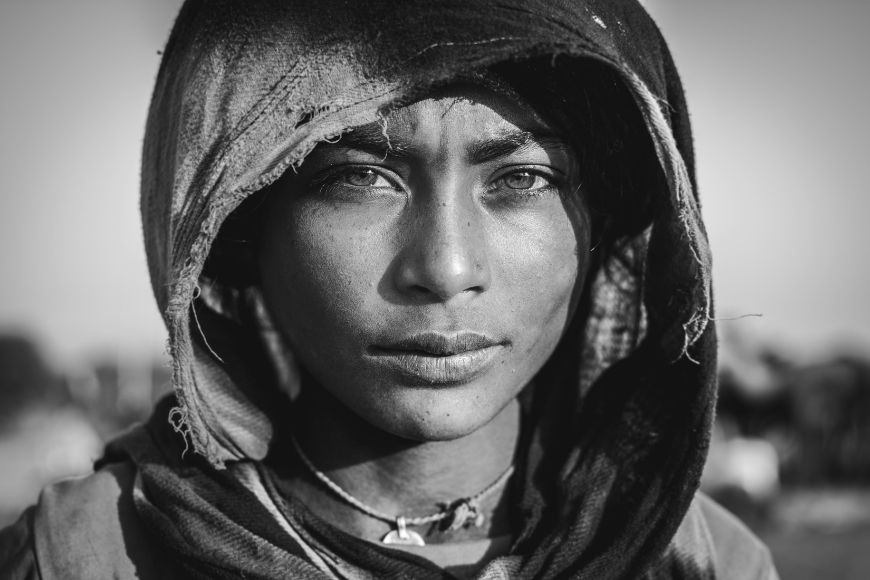
Image credit: Unsplash
Face angles refer to the orientation of a subject’s face relative to the camera or viewer.
They play a crucial role in photography and cinematography as they can significantly affect the perception and mood of the whole photograph.
Different angles can convey various emotions, personalities, and characteristics.
Understanding the face and camera angle allows photographers and filmmakers to create compelling and impactful visual narratives.
Face Angles vs Camera Angles
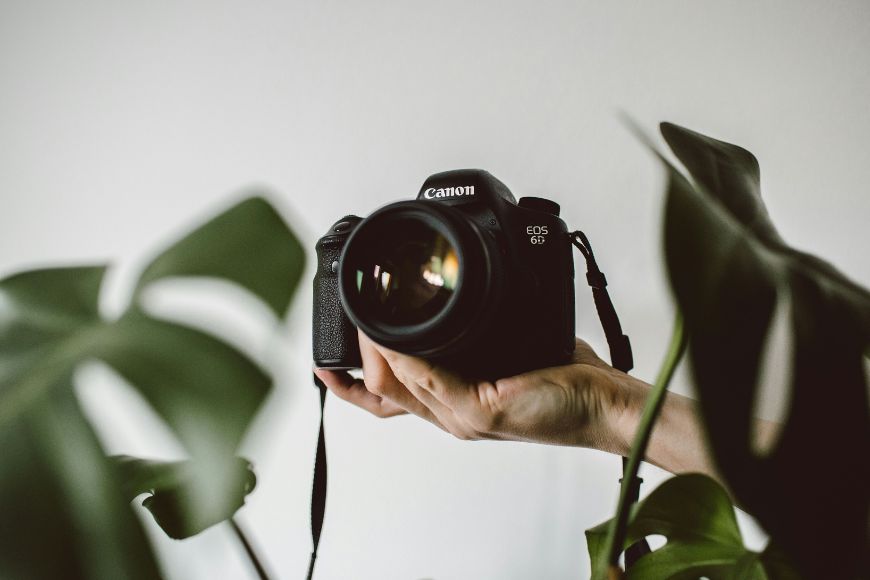
Image credit: Unsplash
Face angles refer to the orientation of a subject’s face relative to the camera or viewer, focusing on how the subject’s features are presented.
Camera angles are the perspective from which the camera captures the scene, including the person’s face.
While face and head angles primarily impact the portrayal of the subject, camera angles influence the overall composition and storytelling of the image or footage.
Both are essential in visual storytelling but serve distinct purposes in framing and conveying the intended message.
The Most Common Face Angles in Portrait Photography (and When to Use Them)
In the following section, we’ll take a look at some of the most common face angles in portrait photography.
You can use these different angles depending on what your photography goals are and what story you want to tell.
Your subject’s features will also play a role in deciding how to capture them in the most flattering way.
Full Face (Head On)
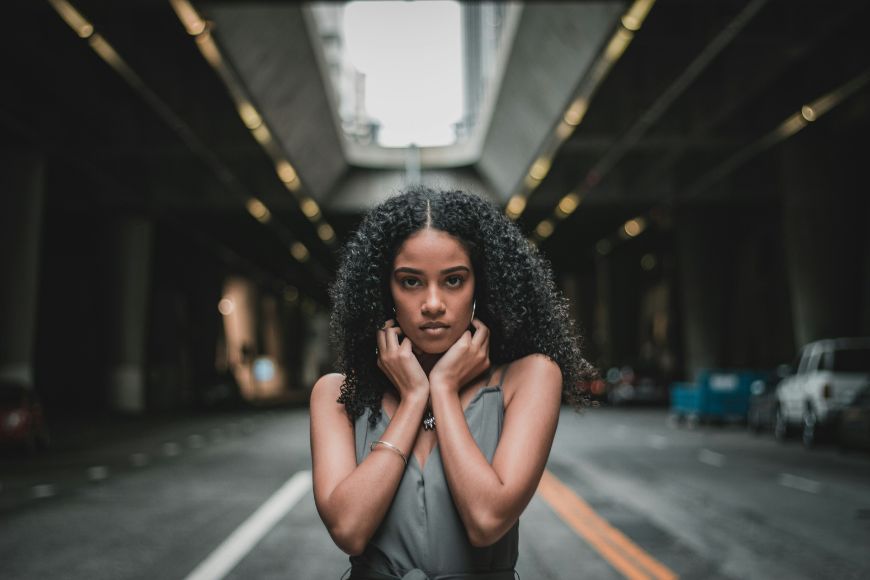
Image credit: Unsplash
Full-face portraits depict the subject’s complete facial features, showcasing the entirety of their face.
In this pose, the subject directly faces the camera, ensuring both eyes and ears are evenly visible.
This angle works exceptionally well for portrait subjects with highly symmetrical faces; however, it may not be as flattering for those with asymmetrical features.
How Much Do You REALLY Know About Photography?! 🤔
Test your photography knowledge with this quick quiz!
See how much you really know about photography...

Close-up, full-face portraits are often captivating and convey authenticity, particularly when captured at eye level.
3/4 Face Angle
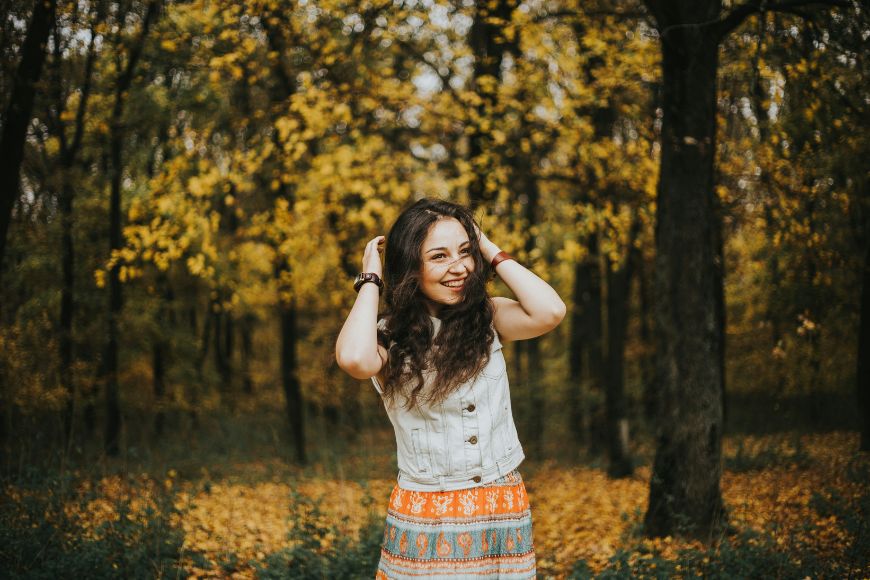
Image credit: Unsplash
The 3/4 face angle is generally flattering for the majority of portrait subjects.
To nail this angle, start with your subject facing the camera head-on. Then, just have them turn a bit away from the lens.
Feel free to play around with your camera angle too, to get that perfect shot.
Only one ear is visible in this position, while both eyes remain equally visible.
Most of us find we have a “good” side when taking photos. This angle makes it easy for the subject to highlight their best features by turning slightly toward their preferred side.
- Read more about 3/4 portraits and body shots.
2/3 Face Angle
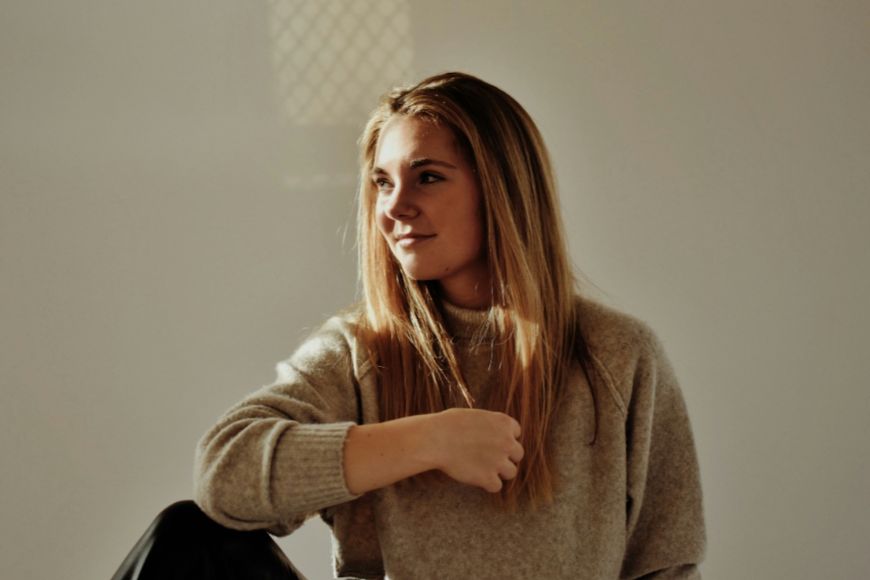
Image credit: Unsplash
The 2/3 view involves turning the face away from the camera even more.
For a look that feels totally natural, make sure the tip of the nose doesn’t cross over the plane of the far cheek. It’s a simple trick that makes all the difference.
Avoiding excessive rotation of the face can help in flattering your subjects.
Profile
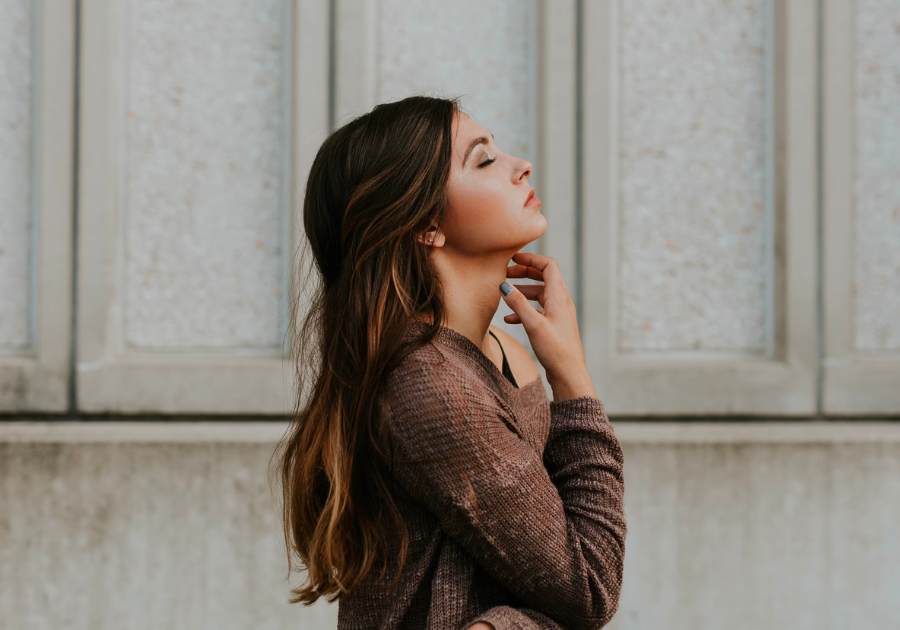
Credit: Brooke Cagle
The profile face angle is less frequently seen in posed portraitures but is often encountered in candid shots.
In this stance, the subject’s face is at a 90° angle to the camera, giving you a full side view.
Making direct eye contact from this angle can look a bit odd, so don’t hesitate to play with your camera position a bit.
Remember, photography is a dance of creativity between you and your subject. Be open to that back-and-forth.
A good rule of thumb is to let your subject look wherever their face is pointing, as it will feel more natural.
Looking Down
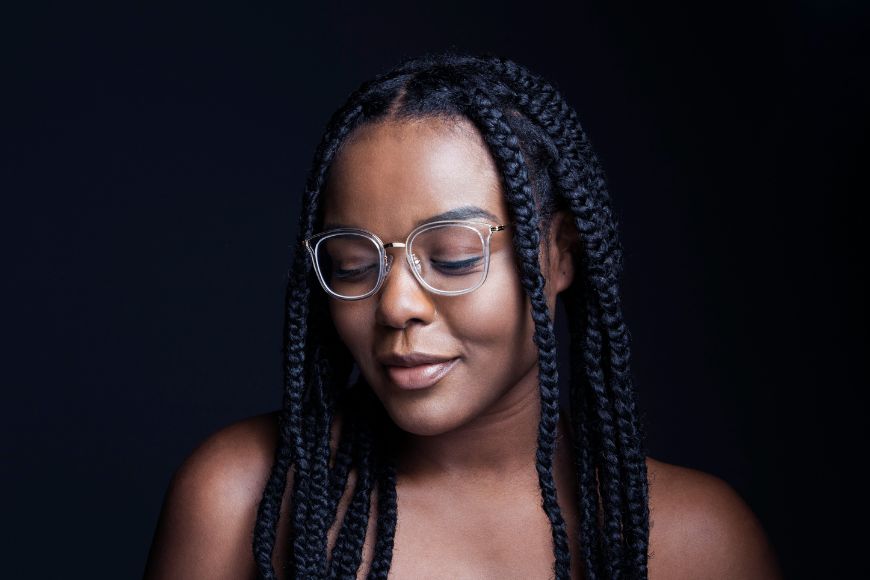
Image credit: Unsplash
This angle involves the subject directing their gaze downward, often creating a contemplative or reflective mood.
It’s crucial to ensure that the downward gaze doesn’t obstruct the visibility of the subject’s eyes entirely.
Downward glances can also carry a sense of mystery or even authority. When your subject looks down directly at the camera, it’s a power move – they’re in charge, commanding the scene with an air of dominance.
On the other hand, avoiding eye contact while looking down can convey a sense of humility or a mysterious aura.
How to Choose the Right Head Angle in Your Portrait Photography
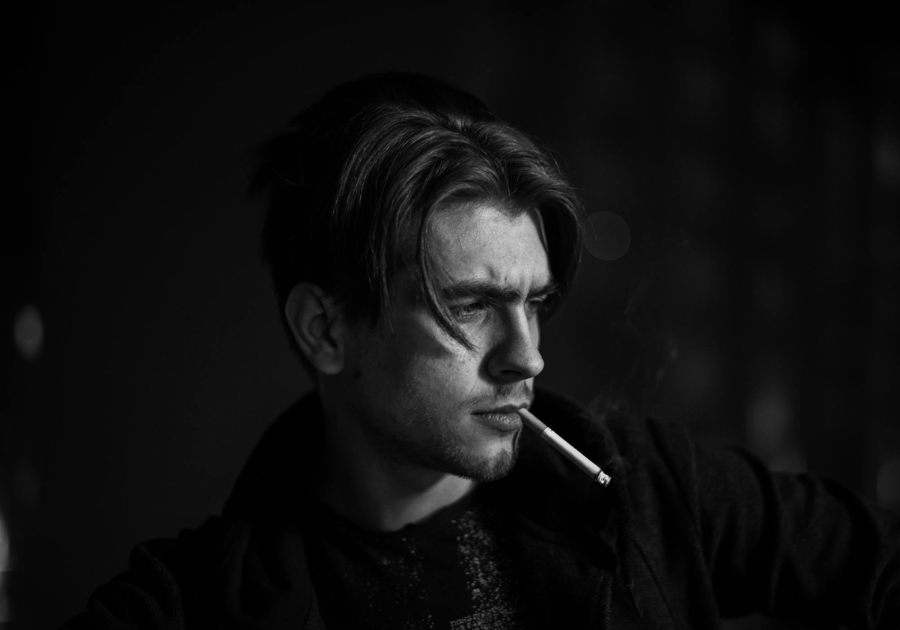
Credit: НИКИТА К.
Choosing the right head angle in portrait photography is key to capturing a subject’s essence and enhancing their best features.
Here are some tips to guide you in selecting the perfect angle for any portrait:
1. Understand the subject’s best side
Most people have a side of their face they prefer over the other. Start by taking a few test shots from different angles to identify which side showcases their features most flatteringly.
2. Experiment with the 3/4 angle
Often considered the most universally flattering, the 3/4 angle is where the subject’s face is slightly turned away from the camera. This angle can add depth to the face and is a great starting point for any shoot.
3. Use the straight-on angle for boldness
A straight-on shot can convey strength and confidence. It’s ideal for a powerful, engaging portrait. This angle works well for professional headshots or when you want to capture intense eye contact.
4. Play with the profile view
Profile shots capture the outline of the face from the side and can be incredibly dramatic and artistic. They’re perfect for highlighting the shape of the face, the jawline, or the subject’s silhouette.
5. Consider the chin position
The angle of the chin greatly affects the overall look of the portrait. Asking your subject to slightly lower or raise their chin can minimize or accentuate features, such as the jawline or eyes.
6. Mind the nose
In angles where the face is turned, pay attention to the nose’s position to ensure it doesn’t create awkward lines or shadows, especially in relation to the cheeks and lips.
7. Look for natural light
Lighting can dramatically affect how angles look on your subject’s face. Soft, natural light can highlight or soften features, so consider your light source when choosing an angle.
8. Encourage movement
Sometimes, the best angle comes from movement. Encourage your subject to slightly turn their head or shift their gaze naturally. This can lead to more dynamic and authentic shots.
9. Practice and analyze
The more you practice taking portraits from different angles, the better you’ll become at quickly identifying which angles work best for different face shapes, features, and expressions.
Face Angles in Different Types of Photography
Figuring out the right head angle depends on the type of portrait you want to do.
However, the most commonly used head angle is the 2/3 angle, mainly because it gives the most natural look and gives off that casual, candid feel.
This applies to all types of photography, be it weddings or commercial photography.
Here are more details on what to consider in different types of photography.
Face Angles in Couple’s Photography
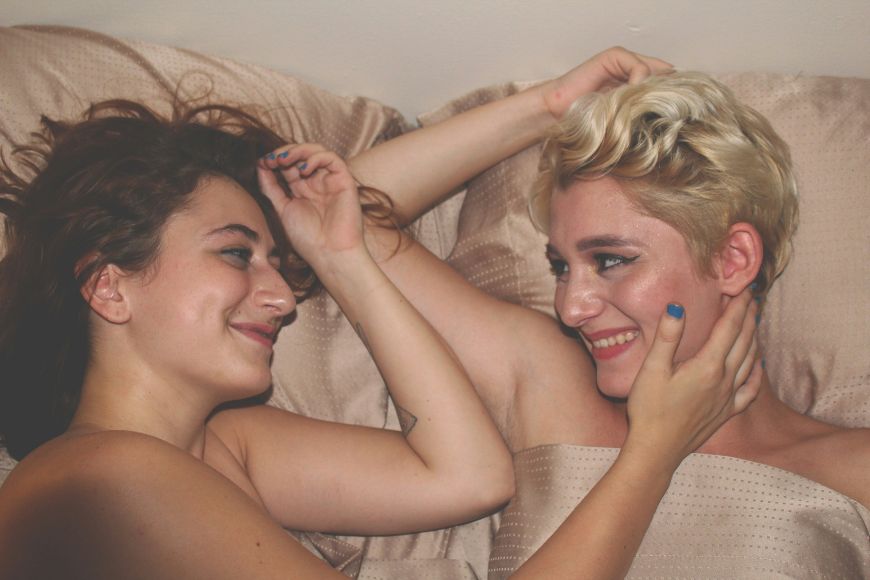
Image credit: Unsplash
Having my experience photographing wedding couples, I find it essential to build rapport with the couple to understand their preferences and relationship dynamics.
Encourage them to interact naturally while subtly guiding them to showcase their best angles.
Pay attention to lighting conditions and background elements to enhance the overall mood and aesthetic of the photographs.
Face Angles in Fitness Photography
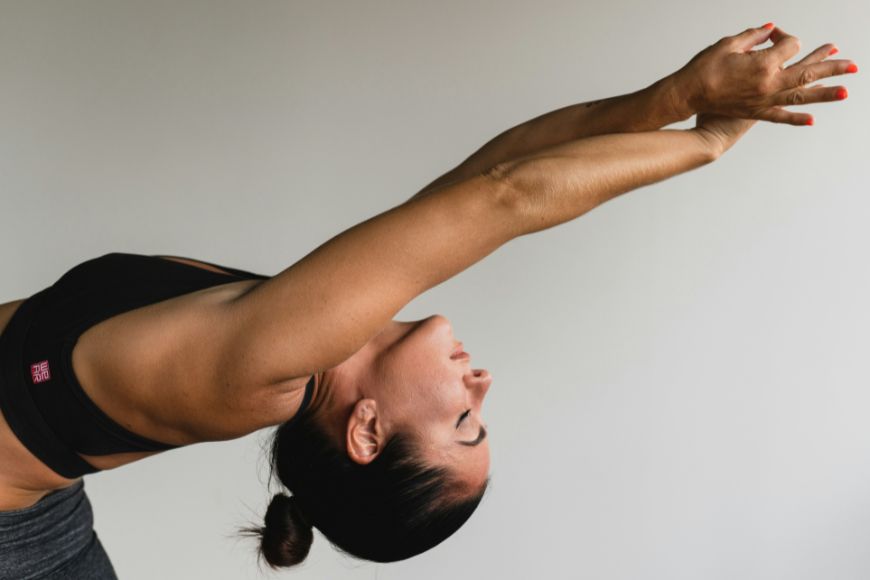
Image credit: Unsplash
In fitness photography, face angles highlight the subject’s strength, determination, and focus, so make sure to have a camera angle that captures that.
To capture compelling head angles, communicate with the fitness model to understand their desired image and physique goals.
You can experiment with different portrait angles, such as frontal shots to showcase intensity, profile views to emphasize muscle definition, and dynamic angles to convey movement.
Face Angles in Commercial Photography

Credit: Анна Хазова
Commercial photography sells or promotes a product or service or supports a business or organization.
When it comes to shooting portraits for commercial use, try out different expressions and angles but always keep the main theme or message in focus.
Are you shooting to capture jewelry? Should you adjust your camera angle to highlight your subject’s makeup for a makeup line photography project?
Getting clear on your aim from the get-go can streamline your process and ensure every shot counts.
Face Angles in Corporate Photography
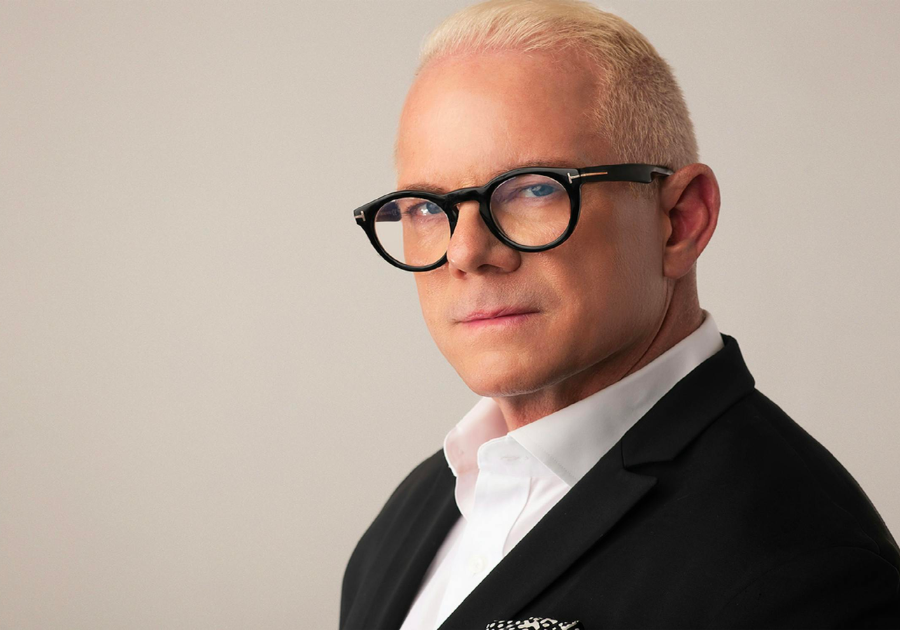
Credit: Joe Jenkins
In corporate photography, particularly headshots, the goal is to present the subject in a professional, confident, and approachable manner. Choosing the right face angle is crucial to achieving this.
A slightly elevated camera angle can be flattering, making the subject appear more authoritative yet accessible.
It’s important to communicate with your subject to understand the image they wish to project in their professional realm.
Experimenting with various angles, like a straight-on view for direct engagement or a 3/4 view to add a bit of dimension and depth, can help in capturing the essence of professionalism and confidence suited for the corporate world.
Common Mistakes to Avoid When Using Face Angles
There are several common mistakes that I frequently observe among portrait photographers.
These significantly diminish the quality of their images.
Fortunately, although these mistakes pose challenges, you can quickly identify and correct them.
Having a distracting background
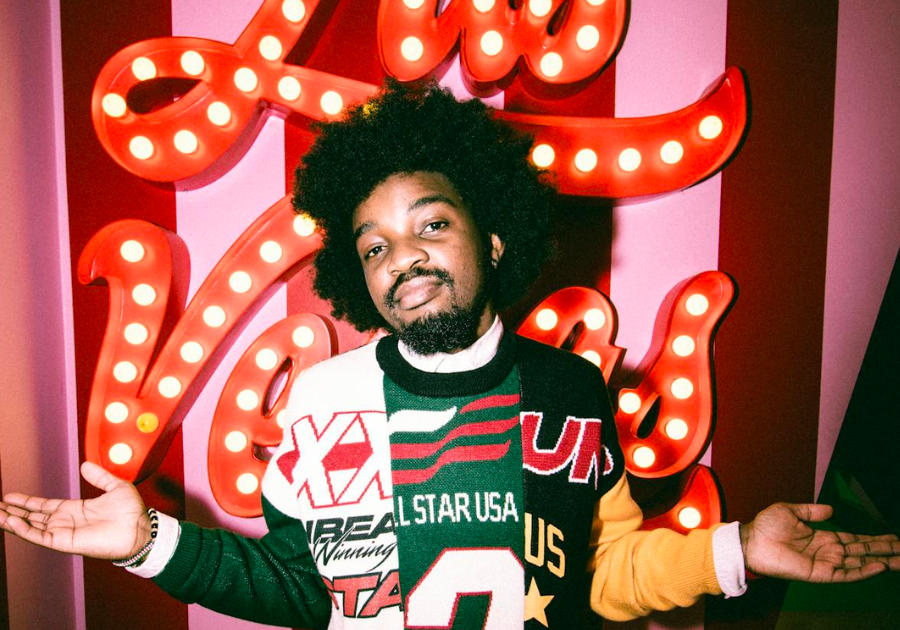
Credit: Satumbo 9
In any type of photography, the background is just as important as your subject.
A cluttered or chaotic background can detract attention from the subject, potentially compromising an otherwise excellent image.
Of course, there are times when that’s the look you’re going for. The key is to be intentional.
Before pressing the shutter button, take a moment to assess the area behind your subject.
Out-of-focus eyes
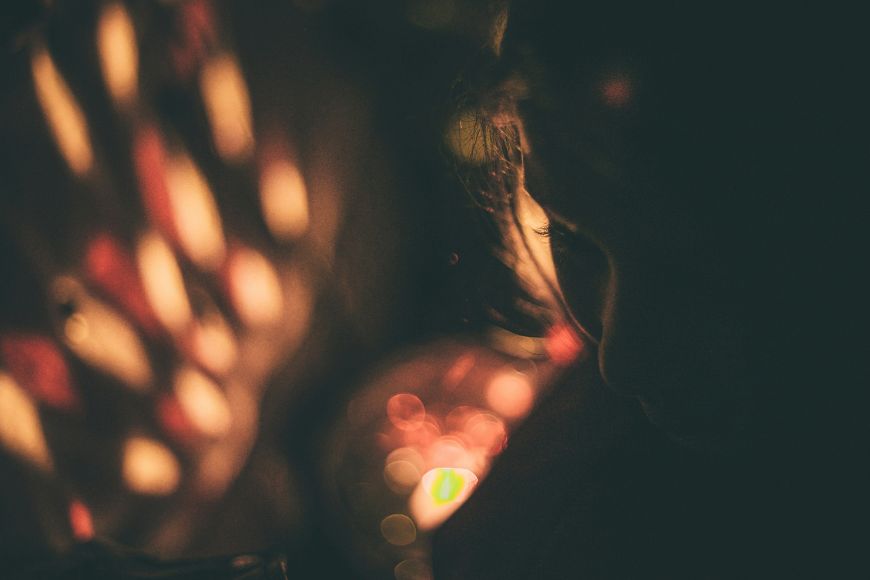
Image credit: Unsplash
One photography principle I adhere to is ensuring sharp focus on the subject’s eyes, as out-of-focus eyes rarely enhance portrait photographs.
So aside from fixing your camera angle, a helpful tip is to focus on the eye closest to the camera when the subject’s head is turned rather than aiming for both eyes to be in focus.
Poor composition
Beginner photographers often fall into this common trap: they focus on the subject’s positioning within the frame without considering other elements, resulting in an unbalanced image.
Many tend to leave excessive space surrounding the subject and with no solid lighting, which typically diminishes the overall appearance and atmosphere of the photograph.
Having the subject too close to the background
Optimal portrait images often showcase stunning background bokeh, characterized by a pleasing background blur.
However, achieving this can be challenging when the subject is too close to the background.
Avoid having your subject directly against the background.
Instead, encourage them to step forward a bit (even if you’re working with a simple background).
Shooting with a slow shutter speed
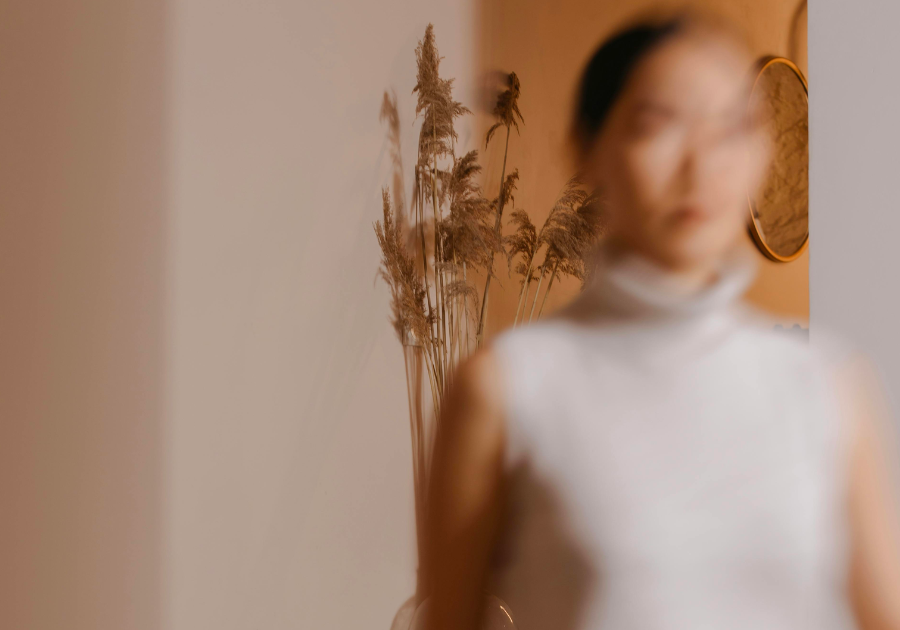
Credit: cottonbro studio
You might assume that portrait subjects remain relatively still, allowing for a shutter speed of around 1/80s.
However, people are dynamic – they move!
Shooting at 1/80s risks blurring if the subject shifts.
Selecting a shutter speed fast enough to freeze motion is crucial, with 1/250s typically sufficient in my experience.
FAQs on Face Angles in Portrait Photography
What is the angle view of the face?
Face angle, or facial view, is the part of the subject’s face angled toward the camera.
If you’ve ever heard someone refer to their “good side,” they’re talking about their best angle or the direction from which they like to be photographed.
What is the best face angle for pictures?
The best face angle for pictures often depends on the individual’s facial features and desired outcome.
A full-face angle can be flattering for individuals with symmetrical features, showcasing their balanced appearance.
What are the most important angles of the face?
The most essential head angles in photography are the full-face, three-quarter, and profile views.
The full-face angle provides a direct and engaging perspective, while the three-quarter angle adds depth and dimension.
In contrast, the profile view highlights the silhouette and contours of the face, offering a unique and dramatic perspective.
What is a face 3/4 angle photo?
A face 3/4 angle photo is a type of portrait where the subject’s face is turned slightly away from the camera, so that three-quarters of the face is visible and one-quarter is obscured.
This angle provides a blend of profile and frontal view, showcasing more depth and dimension of the subject’s features.
What are the main face angle techniques in portrait photography?
Portraiture, like any type, is subjective in many ways.
But when it comes to techniques, start by angling your camera above your subject’s eye line.
Another important aspect is to know the different head angles (like full face, profile, 3/4, and 2/3) and to ensure your lighting and camera angles complement the ones you use.
What are the names of the face angles in photography?
Face angles are crucial for capturing subjects from various perspectives.
The names of the key face angles in photography are full face, 3/4 face angle, 2/3 face angle, profile, and looking down.
Knowing how to capture these will help you amplify your portrait sessions.

Check out these 8 essential tools to help you succeed as a professional photographer.
Includes limited-time discounts.








